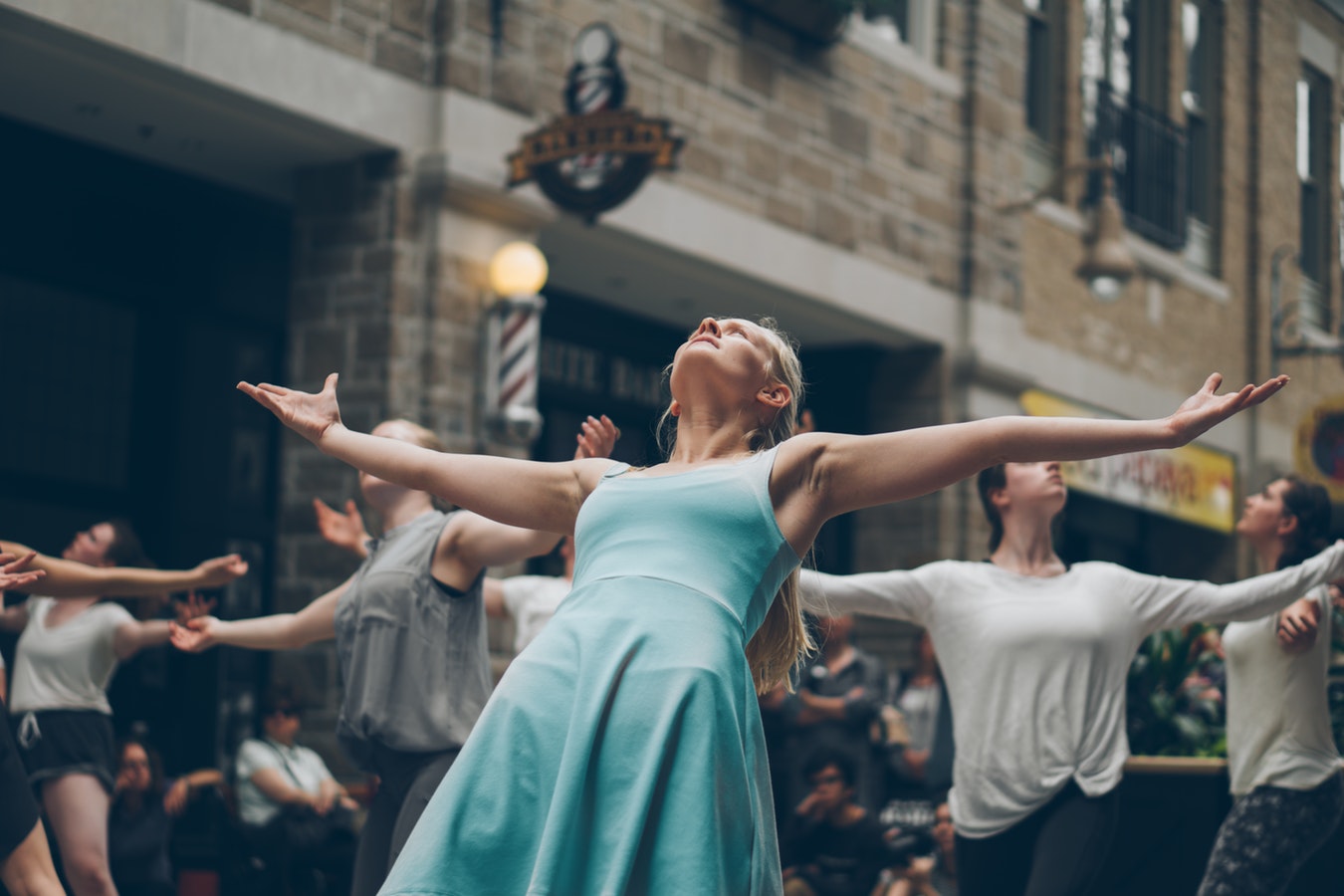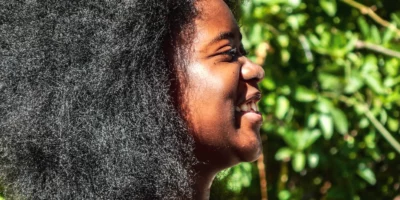Recently, one of our team members, Katherine, who puts together our wonderful Resource Packs, attended the annual Creative Dementia Arts Network (CDAN) conference – a course designed to highlight the myriad ways arts and creativity can contribute to and enrich the lives of those living with dementia. Below she writes about her experiences…
Last week I was lucky enough to attend the annual Creative Dementia Arts Network (CDAN) conference for two wonderful and exhausting days! I left stimulated, challenged and excited about taking all I had learnt and experienced and pouring it into the Resource Pack in the coming months.
There were people there who moved me with their own personal experiences of dementia, there were wonderful dance and music professionals, the people who work day-to-day caring, and those from the lofty world of academia. With such a fantastic mixture of individuals, the conference ably mixed current research with practical skills. During the two days, I moved from specific experiences, such as cupping someone’s shoulder to allow them to move in a ‘held’ way, to understanding the bigger picture of dementia and the arts.
I thoroughly enjoyed Dawn Brooker’s talk (complete with her impromptu rendition of ‘Long-haired Lover From Liverpool’). She clearly showed that the arts and creativity have such a large role to play in person-centred care. With dementia, the ‘person’ is in danger of being lost as the ability to communicate decreases. The use of song, music and dance and other creative activities can support the person by allowing them to ‘feel’ and live well with dementia.
As usual there were so many workshops to choose from, but I signed up for those that concentrated on dance, singing and music. As someone who cannot hold a tune and shies away from any public exposure of my lack of rhythm, I was completely outside my comfort zone. Yet I sang and wrote songs with Turtle Key Arts and in the hands of Richard Coaten and the uplifting Filipa Pereira-Stubbs, I danced, moved unselfconsciously and enjoyed myself tremendously. I know, beyond a doubt, that if I can do this, then I can happily write music and movement activities to encourage and persuade activity coordinators to do the same in care homes across the land!
“The use of song, music and dance and other creative activities can support the person by allowing them to ‘feel’ and live well with dementia.”
We all experience the joy that music provides, and all move instinctively to a beat. This makes us human and was the subject of Dr Victoria Williamson‘s engaging lecture on music and well-being. You don’t have to be a trained professional to introduce dance and movement to your residents (although in a perfect world, with generous budgets…!). You just need confidence, a clear and simple plan, and the ability to be present, have fun and just enjoy the moment together. Oh – and Dean Martin performing ‘Sway’ always helps.
“We all experience the joy that music provides, and all move instinctively to a beat. This makes us human…”
In the words of Paul Camic, who delivered the first day’s keynote talk: ‘We are more than memory’. Our memories make us who we are, but the joy of creativity is how we live, feel and enjoy the present, and how we can look to the future.
Finally, this wonderful video is a compelling reminder of the importance of dance in dementia care.





